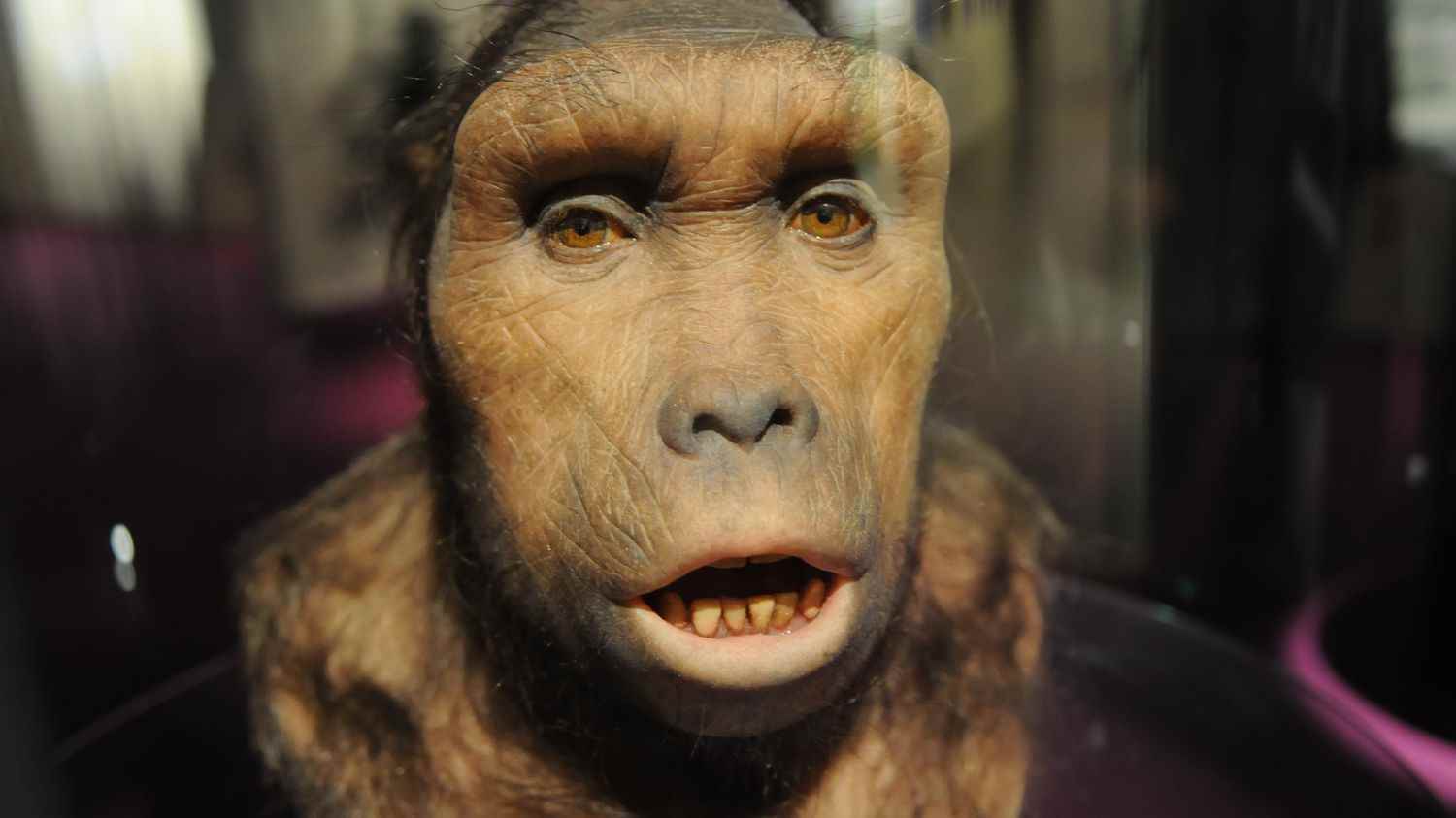The verdict published in the journal Nature was eagerly awaited, 21 years after the discovery on an excavation site, in Toros-Ménalla in Chad, of this skull seven million years old – the time when we usually place the switch between the chimpanzee and the man. With Sahelanthropus (Toumaï for the intimates) we are before Orrorin the Kenyan, who was so far the oldest with six million years and well before Lucy the Ethiopian, Australopithecus of three million of years.
The stakes are therefore enormous, because if Toumaï was a quadruped, which some researchers still affirmed two years ago, he comes out of the “human” category. But obviously, he was very bipedal. The shape of his skull suggested this, since the foramen magnum placed the spine below this skull (this makes sense for a standing man) knowing that it would be backwards for a quadruped. This hypothesis had been challenged because of the state of the skull, hence the importance of the femur, which therefore ended up speaking, thanks to the joint work of the evolution laboratory of the University of Poitiers, the National Center for the scientific research (CNRS) and, on the Chadian side, the University of N’Djamena and the National Research Center for Development (CNRD).
Toumaï was therefore a man of 43 to 50 kg. Mainly bipedal, on the ground, but it continued to move in the trees, according to one of the authors of the study, the paleo-anthropologist, Franck Guy. According to the two ulna (the bones of the arm) which were also analyzed, in the trees he could even go on all fours again but by gripping the branches with the whole hand, where the chimpanzees before him supported themselves on the backs of their phalanges. A series of extremely advanced analyzes took place: biometrics, morphometrics, biomechanics, 3D imaging… Everything was measured and compared with data from chimpanzees, gorillas, orangutans, australopithecines, Homo sapiens…
23 characters were explored. Here are two: Toumaï’s femur is thicker, as for the current human. Proof that the muscles of the hip solicited him to move on two feet and the torsion of this femur where again, is very close to that of humans.
The urgent need for researchers is to return to Chad in the spring, security permitting. In search of even older remains. There was no euphoria when this publication was presented on Tuesday August 23rd. We feel that at any time, a new discovery could very well come and sweep away their work. Researchers also still do not know why the chimpanzee got up seven million years ago. The bones will go back to N’Djamena where copies are anyway on display for the general public.
